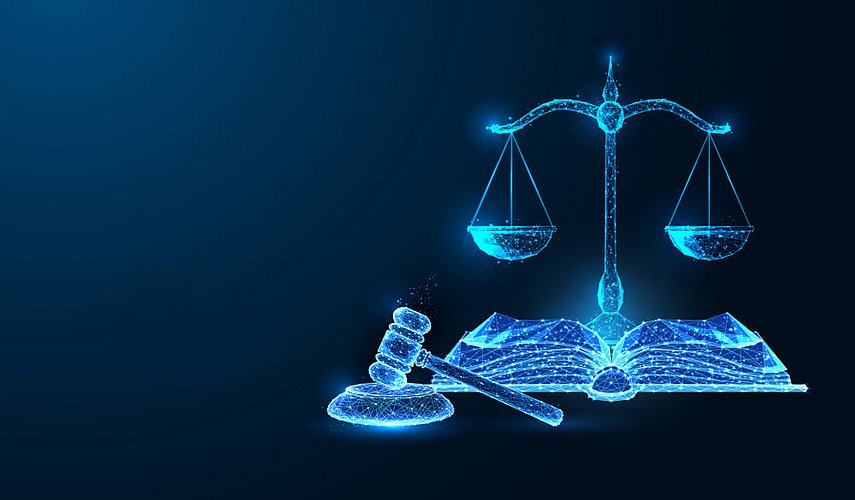Federal Court of Justice decision on “HHole”: Is copyright prevailing over ownership?
Advent Calender 2018
Authors and owners: This is the relationship in which the interest in integrity of the work frequently meets the desire to preserve, renovate, or redesign it. In the proceedings relating to the “HHole” work of art, the Federal Court of Justice might strengthen the position of artists.
The conflicting interests of owners and artists just recently made headlines when the artist Banksy had his “Girl with Balloon” shredded by a device hidden in the frame right after the painting had been sold in auction. The courts used to solve such conflicts by weighing the interests in individual cases, often in favor of the owner.
At present, there are indications that the Federal Court of Justice might, in the proceedings relating to the “HHole” installation in Mannheim, decide the weighing of interests in favour of artist Nathalie Braun Barends.
The installation was originally connected to a wing of the building and was removed by the owner of Kunsthalle Mannheim during renovation. The artist therefore considered her copyrights to have been violated and demanded the artwork be rebuilt, alternatively a compensation be paid. Karlsruhe Higher Regional Court ruled that the interest of Kunsthalle Mannheim to use their property differently after a certain period had to be weighted higher.
The Federal Court of Justice subsequently permitted the artist to file a non-admission appeal, an extremely rare occurrence. The judgement by which the rights of authors could be strengthened will be issued on February 21, 2019. This has been demanded in jurisprudence for quite some time. The decision would be relevant for artists, architects and owners such as real estate investors or even the public sector where it comes to “art within architecture”.
Nevertheless, such disputes should be avoided from the outset by using clear contractual provisions. In cases of a planned combination of artwork and property, it is advisable to make specific agreements relating to the copyright status. In addition to the duration of the connection, it should be determined on what grounds owners may end the installation of the artwork and what obligations owners have regarding the preservation or modification of the building and the work of art merging with it. It is also advisable to determine whether the artists will receive compensation in case of a premature termination of the installation and whether they will be granted the right to document the work for posterity or even rebuild it elsewhere with the assistance of the owners.
Ultimately, only clear rules will be able to balance the artistic and economic interests of the parties. The decision of the Federal Court of Justice will not change this, either.
Your contacts are the experts from the IP, Media & Technology Practice Group. Dominik Eickemeier and his team specialize in copyright law.











